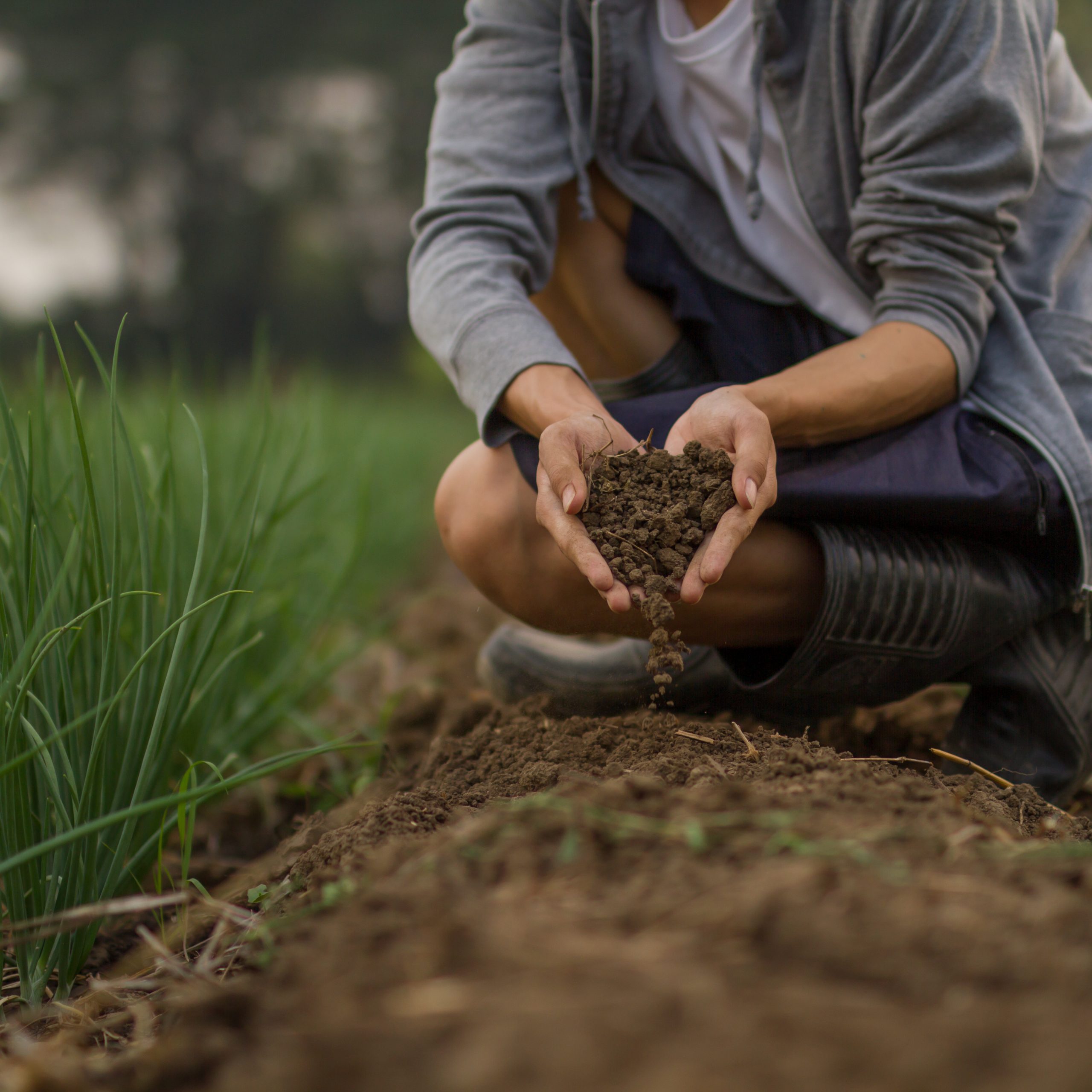Port of San Diego says composting will help keeping food waste out of San Diego Bay

The Port of San Diego is running an ecology-focused initiative aimed at educating people on how to process food waste into compost. The Port actively supports maritime and waterfront development, public safety, experiences, and the environment, emphasizing enhancing the bond between individuals and businesses. Spanning from cargo and cruise facilities to hotels and dining establishments and from marinas to cultural centers, including 22 public parks and numerous events, the Port plays a pivotal role in the region’s daily economic vitality and unique lifestyle.
Composting is an eco-friendly method of recycling organic matter. It involves separating organic materials such as leaves and food remnants from regular waste, allowing them to decompose naturally into nutrient-rich compost.
An alarming statistic highlights that nearly one-third of the global food supply is wasted each year. Much of this waste finds its way into landfills and, regrettably, even into San Diego Bay. Implementing composting practices at home can divert this waste from ending up in these locations. This not only diminishes landfill use but also curtails runoff, preserving the beauty and cleanliness of our bays.
Why should you consider composting?
- It actively reduces greenhouse gas emissions.
- Compost enhances soil health by fortifying its structure.
- It diminishes the reliance on potentially harmful chemical fertilizers.
- Composting can be as straightforward as discarding orange peels, yard clippings, and leftover food into a designated bin and letting nature take its course. For those eager to know more, the Port’s environmental steward, Wilma the Worm, can offer detailed insights.
There are several composting methods available that can be used in households of various sizes.
Backyard Composting
The idea behind static composting in the backyard is to create a compact pile of green and brown waste that will naturally reach a high temperature and break down into a nutrient-dense compost.
Great For: Single-family homes with a backyard
Method:
- Create a 4 x 4 x 4 compact pile of green and brown food waste.
- Aerate the pile once weekly by tumbling, turning, or tossing.
Tips:
- Always cover green waste with brown waste to protect the compost pile.
- Avoid adding waste that contains oil, meat, or dairy products.
Bokashi Composting
Originating from Japan, this anaerobic composting method uses inoculated bran to process compost.
Great For: Small living spaces or if you have limited space available
Method:
- In a sealed container, combine Bokashi bran with food scraps.
- After 2-3 days, inspect the container and drain any accumulated liquid.
Tips:
- Use one cup of Bokashi bran for fermenting one bucket of food waste.
- Implement a bucket rotation system for efficiency.
Vermicomposting
This technique employs worms, like Wilma, to break down organic waste.
Great For: Single-family or apartment living
Method:
- Prepare your bin with a breathable bedding layer made of materials such as cardboard or wood chips, and slightly moisten.
- Introduce worms and allow a week for acclimatization.
- Begin adding food waste and, after a week, introduce an additional bedding layer.
Tip:
- Avoid using chemically-treated materials in the bin to ensure the well-being of the worms.
More info on composting methods and practical tips are available at the Port of San Diego’s website.



